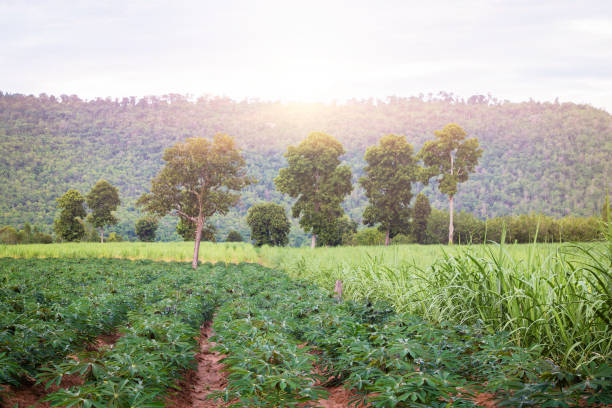Agroecology: Promoting Long-Term Sustainability
The agroecology paradigm is rising to prominence as a green light in the agricultural sector. This all-encompassing method of farming is good for the earth and our communities. In this article, we will explore what agroecology is and how it promotes environmentally friendly farming practices.
Agroecology: A Comprehensive Overview
In its pursuit of environmental sustainability, agroecology goes beyond being a mere farming technique. It encompasses both science and philosophy. The practice of agroecology encourages sustainable and self-sufficient agricultural systems by utilizing biodiversity in a manner similar to that of natural ecosystems.

Biodiversity as the Foundation
The concept of biodiversity is central to agroecology and goes beyond being a simple buzzword. To improve ecological balance, farmers should grow a variety of crops, use intercropping, and include livestock in their operations. Ecosystems benefit from less reliance on toxic pesticides because of this diversity’s protective role.
The Condition of the Soil and Its Regeneration
Soil health is the primary focus of agroecological techniques. Cover crops, crop rotation, and less tilling are some of the methods that improve soil fertility and structure. To counteract the effects of climate change, robust soils improve plant nutrition, water retention, and carbon sequestration.
Summary
By providing a more environmentally friendly option to traditional farming methods, agroecology is changing the face of agriculture. Following the tenets of agroecology helps us grow more than just food; it also helps us live in peace with Mother Earth. By applying the principles of agroecology to our farms, we may start the process of producing food in a sustainable way.
Agroecology is a thread in the agricultural fabric that promotes harmony, robustness, and plenty—a tale in which farmers, consumers, and the land all move in perfect harmony, creating a future that is both sustainable and nourished.

